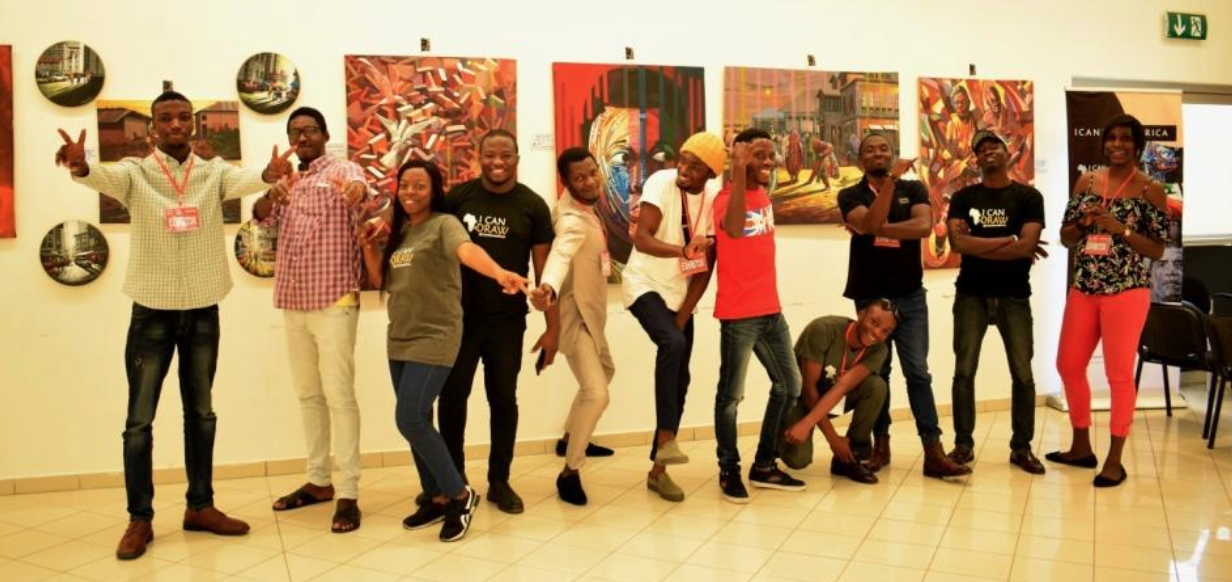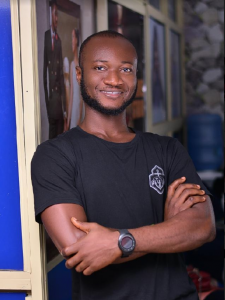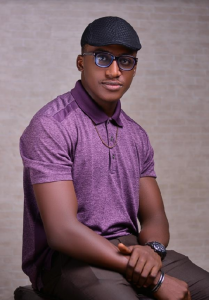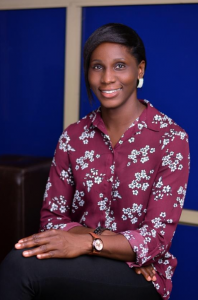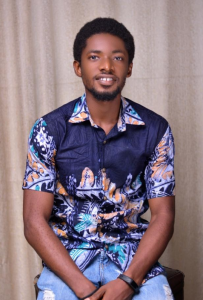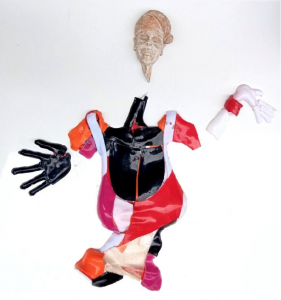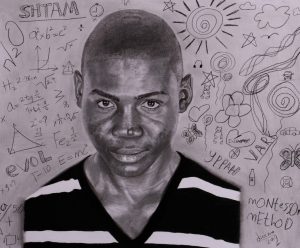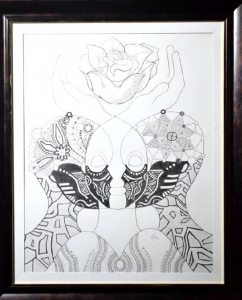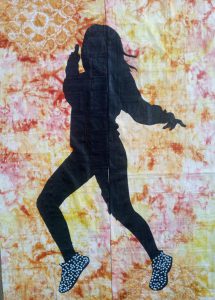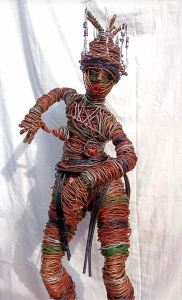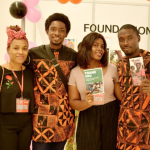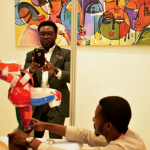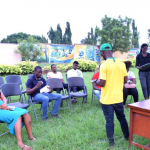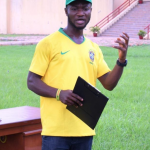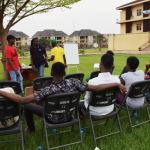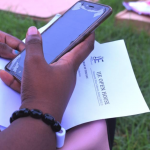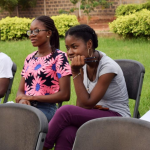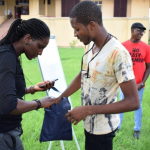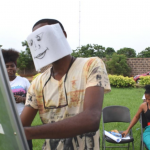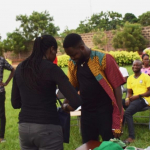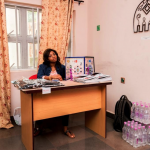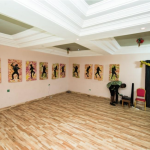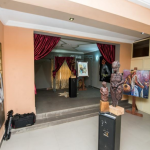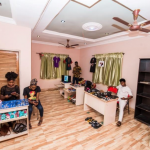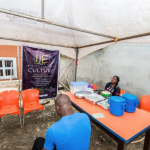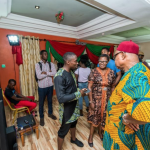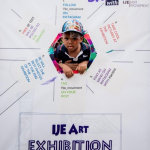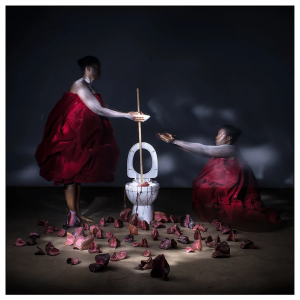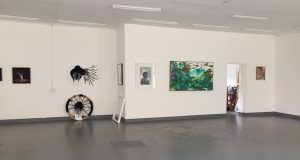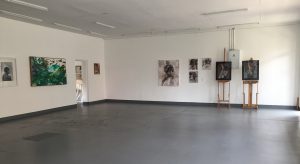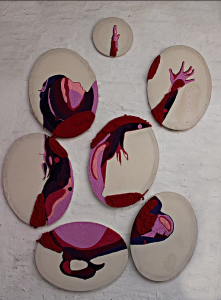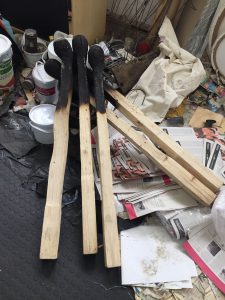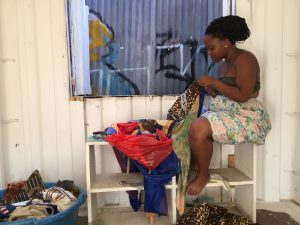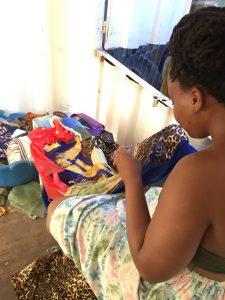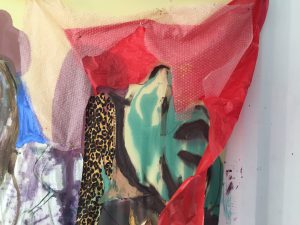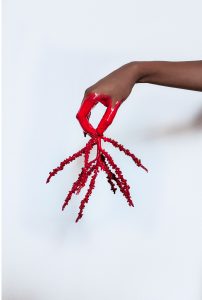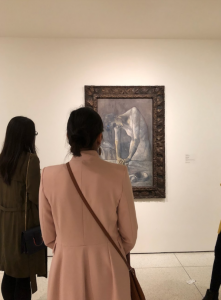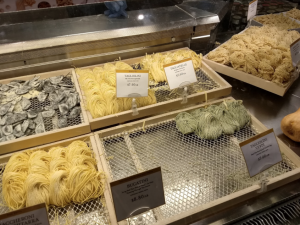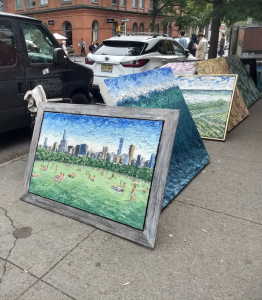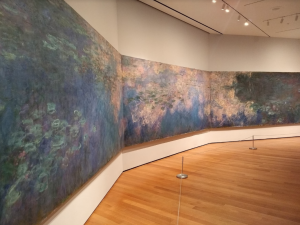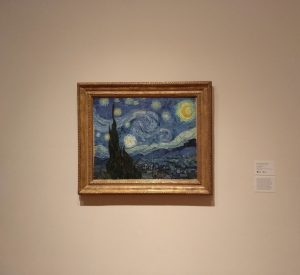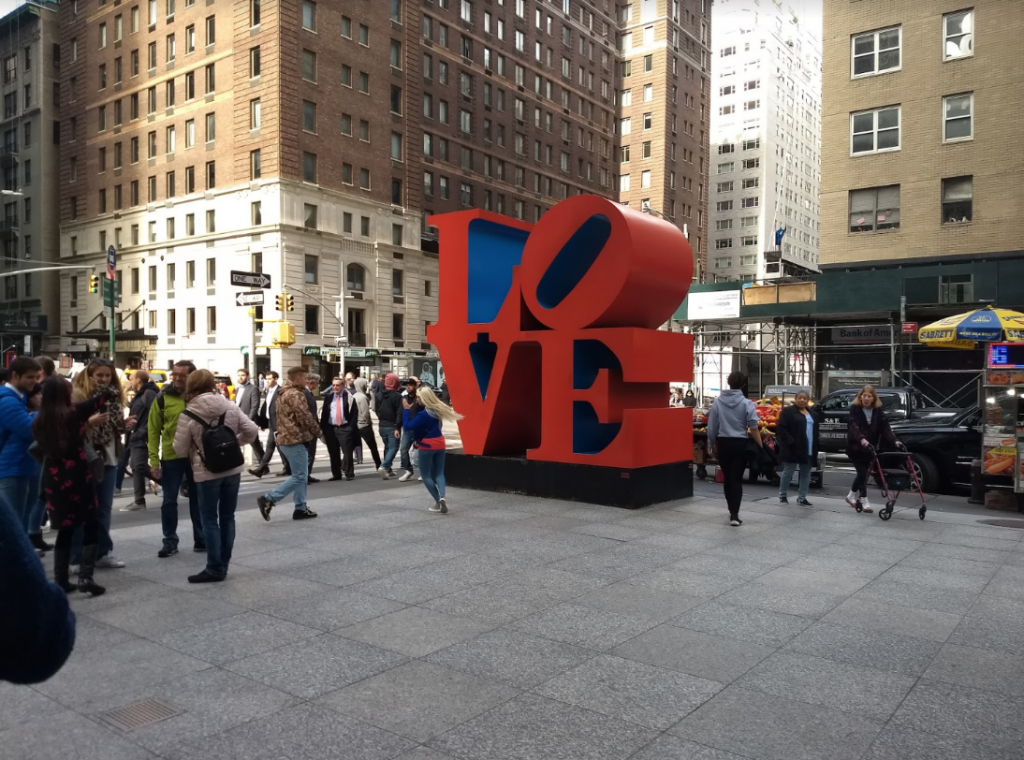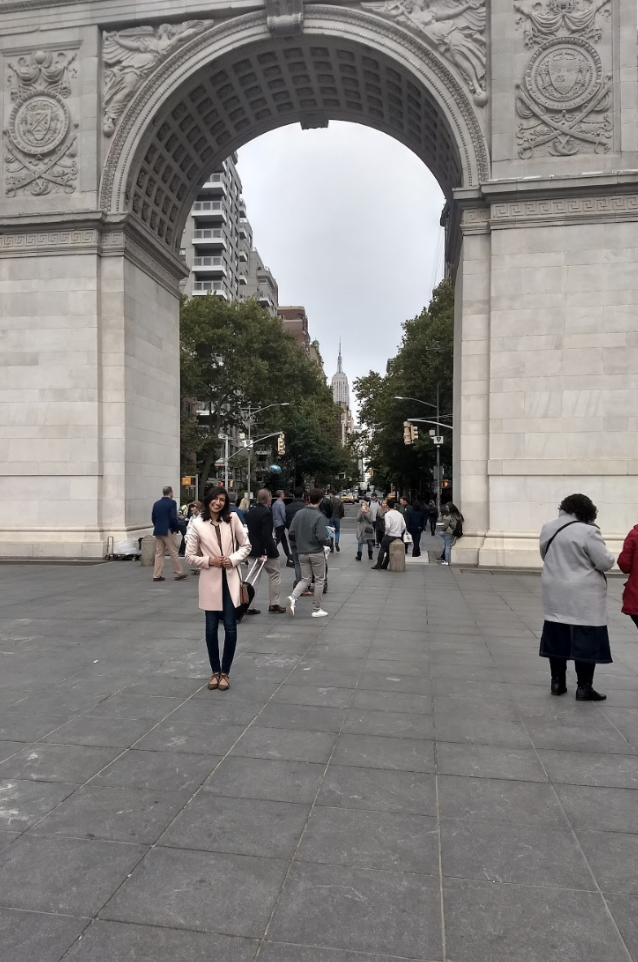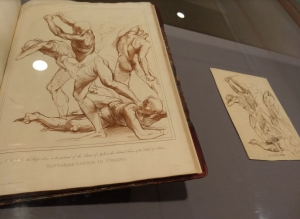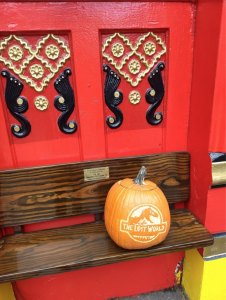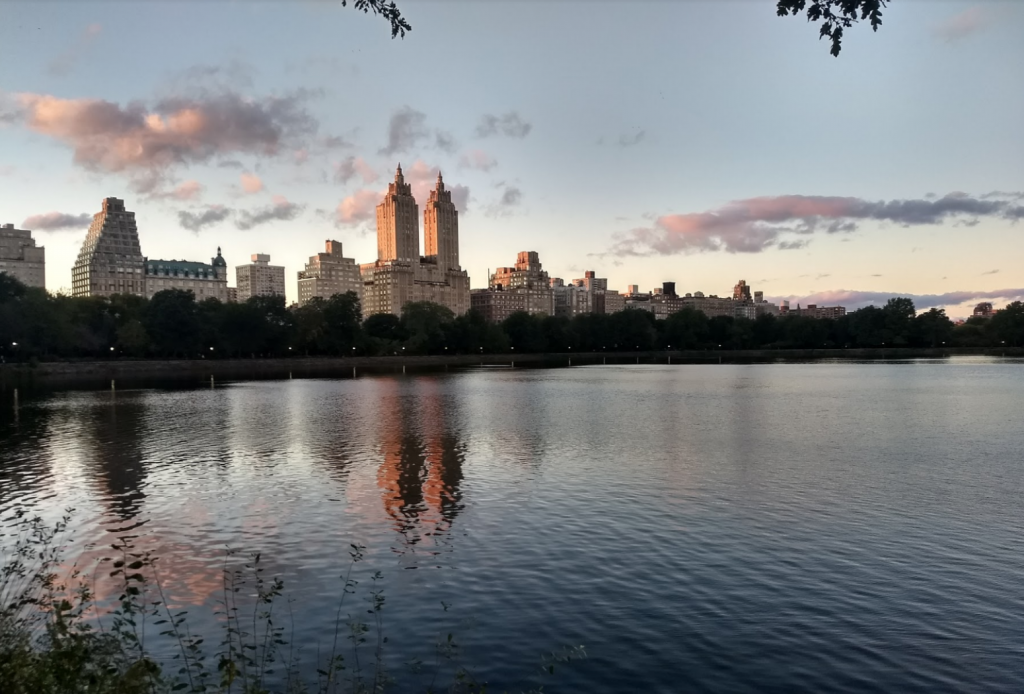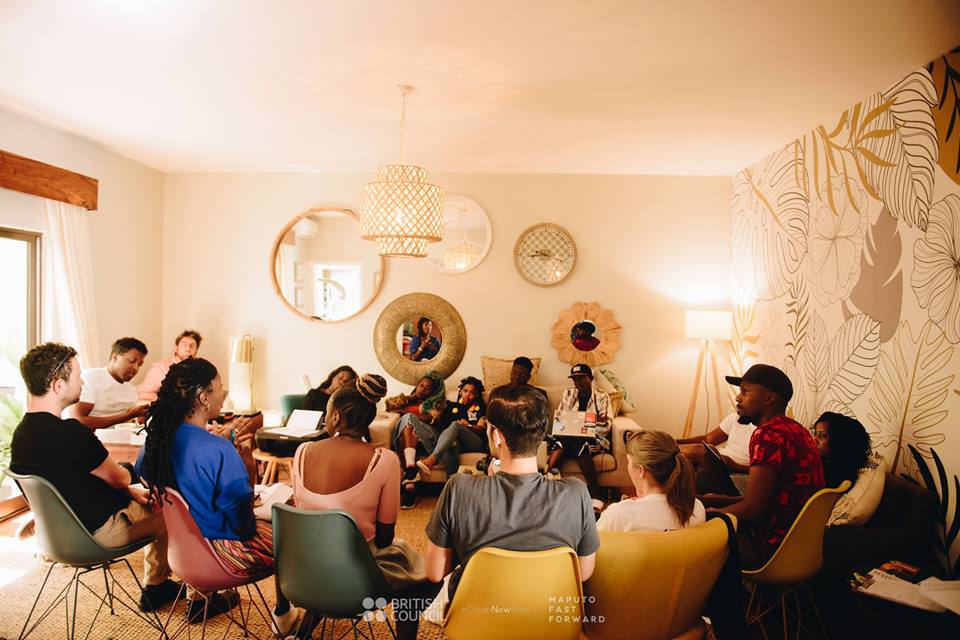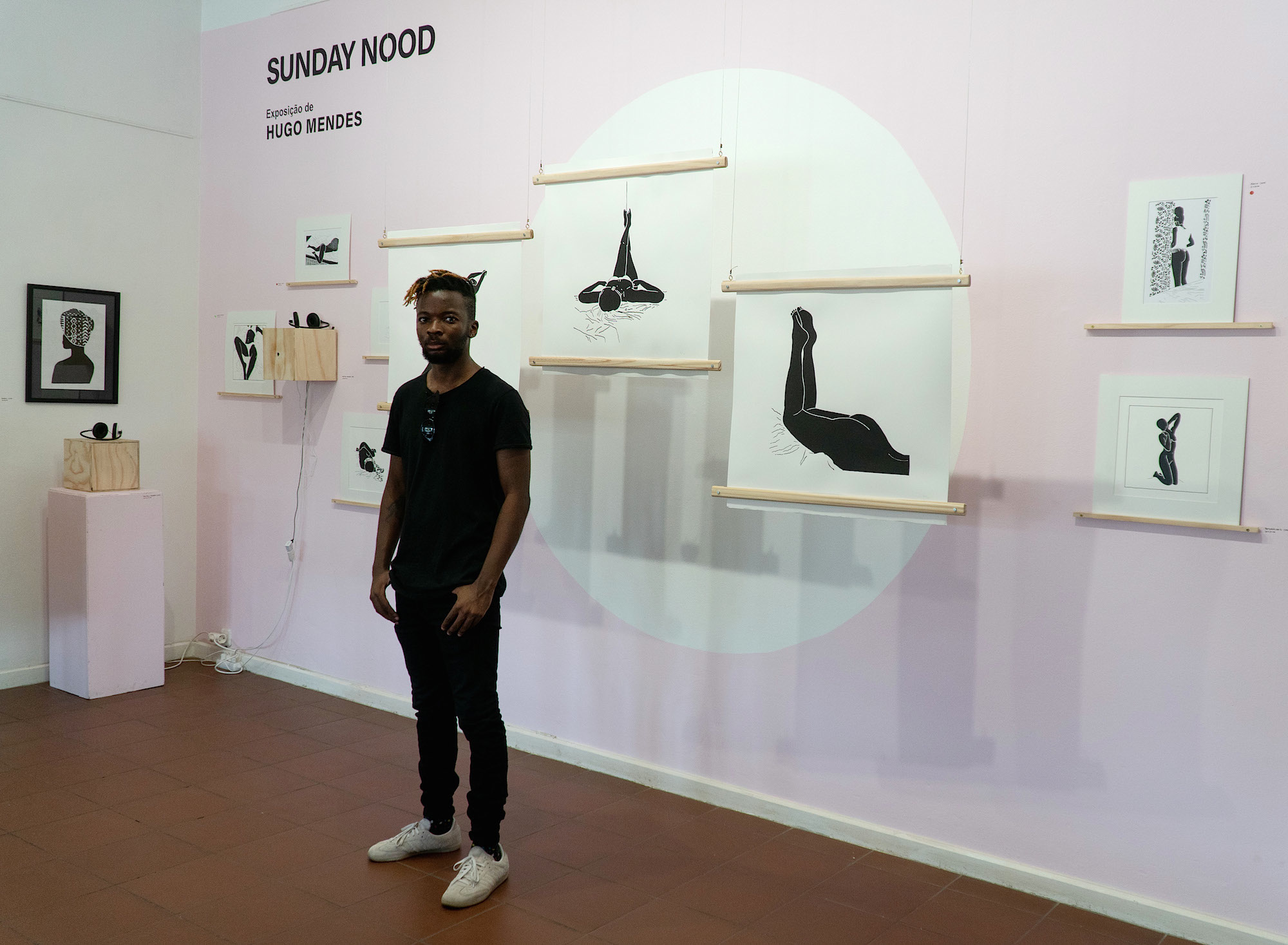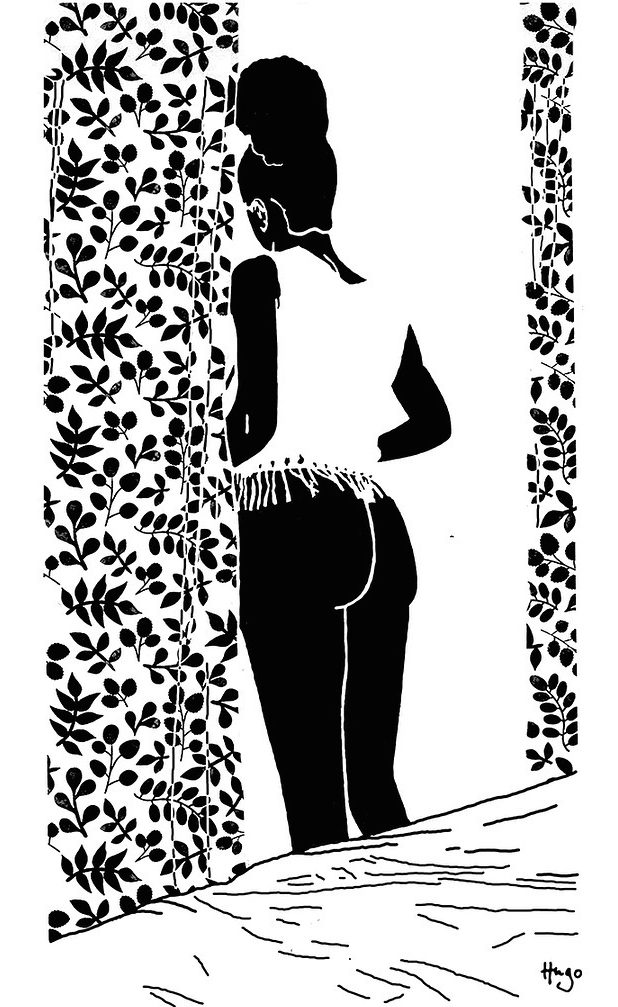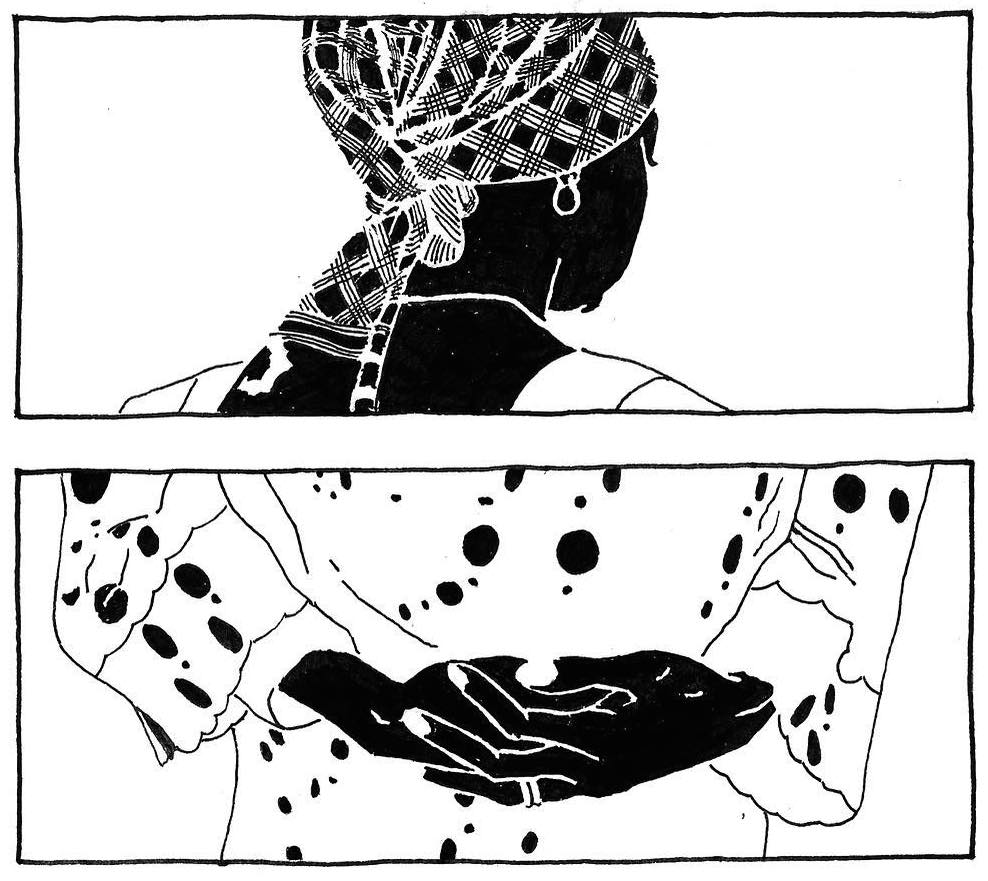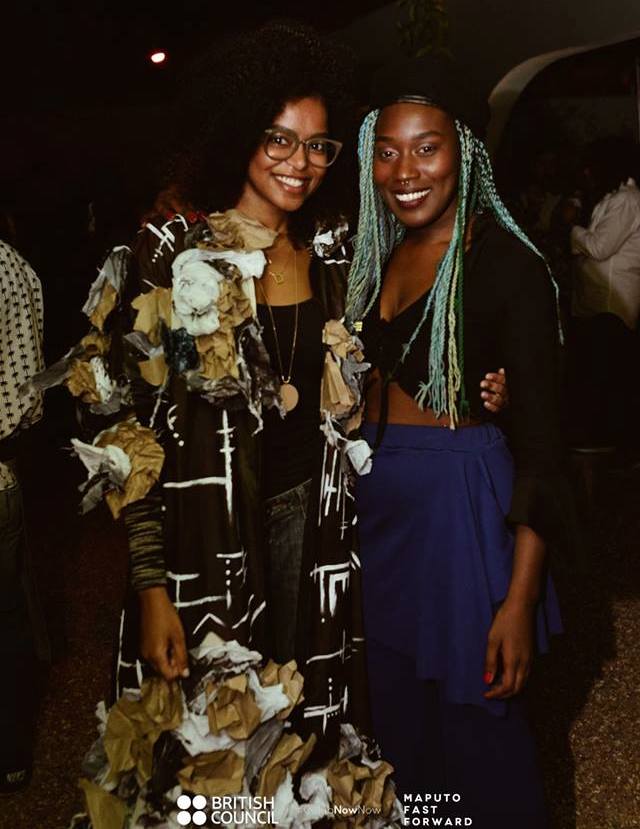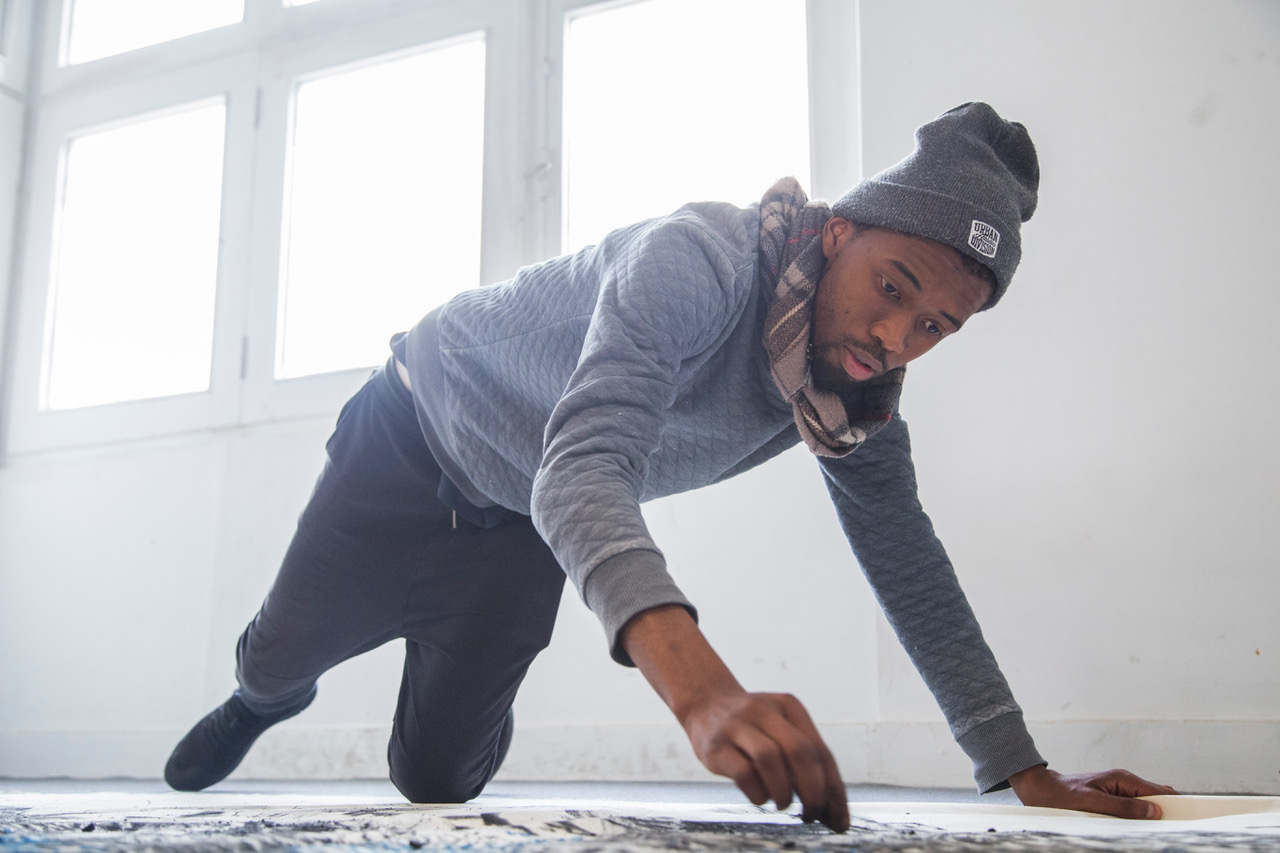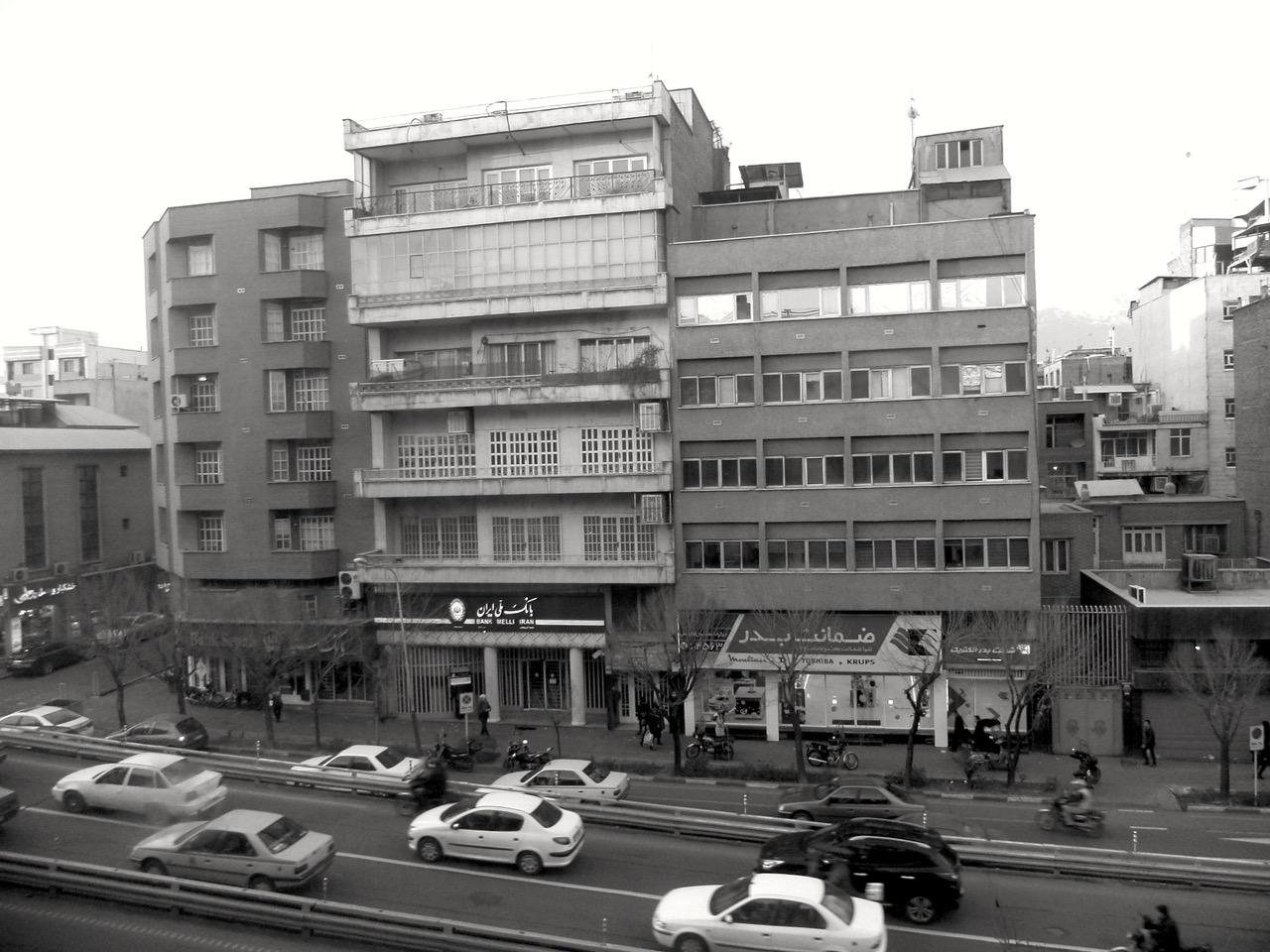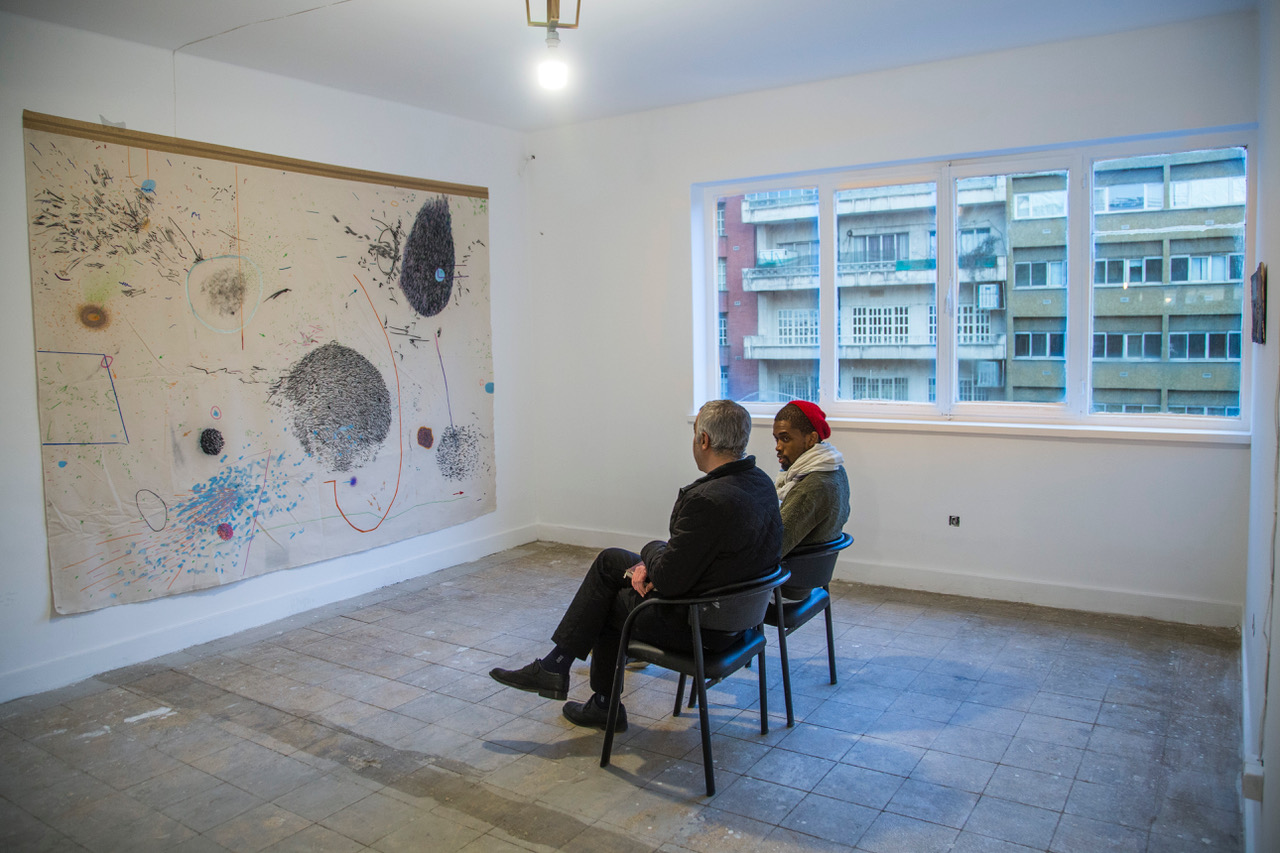‘Voces del mañana’: Arteria y el arte emergente en Chiapas | ‘Voices of Tomorrow’: Arteria and Emerging Art in Chiapas
We are happy to share artworks and words by young artists from the Mexican state of Chiapas.
Welcome to Emergent Art Space to all of you!! And many thanks to Adrián Ibelles for the article!
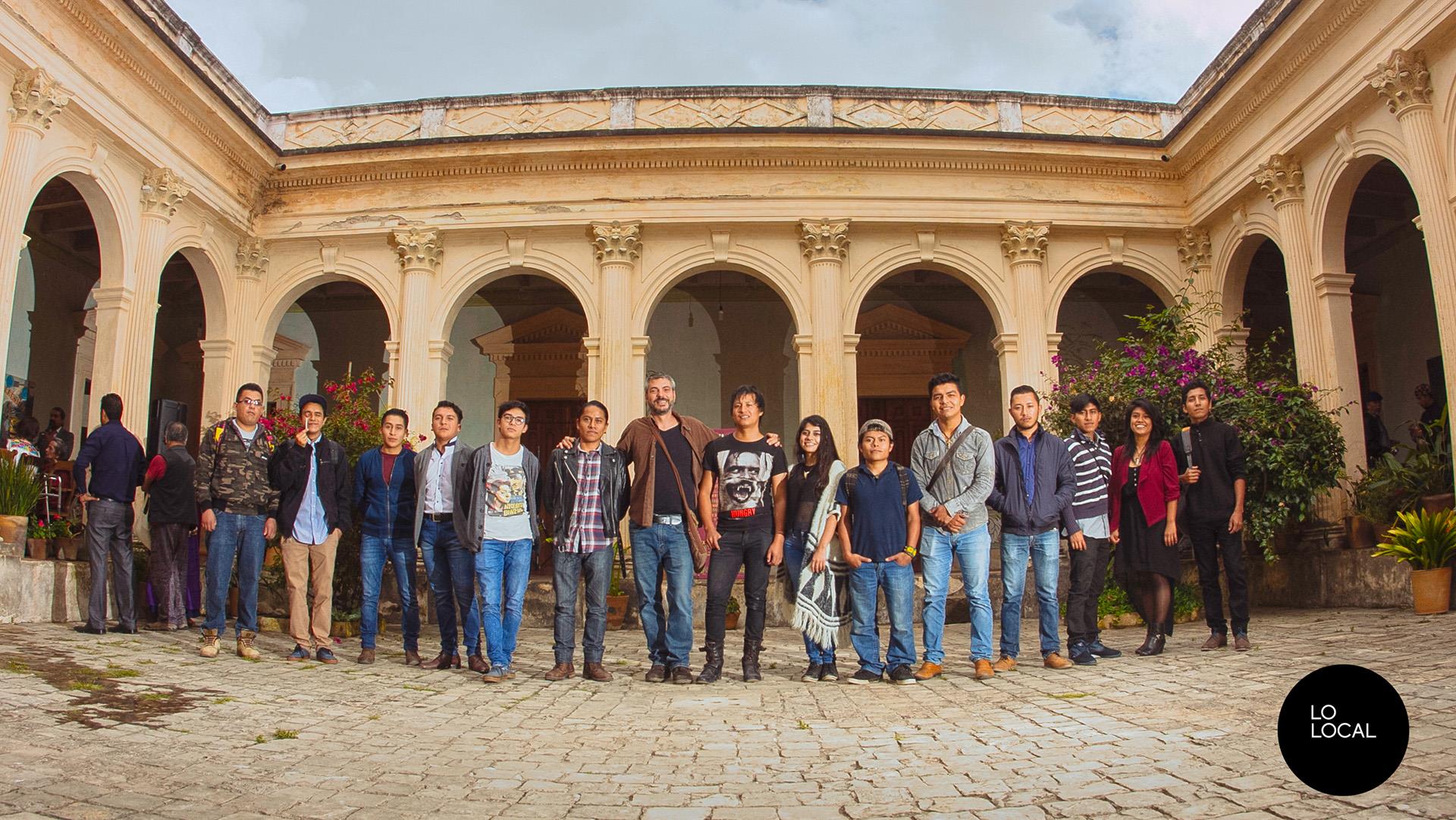
San Cristóbal de Las Casas es una ciudad que se va creando en el subconsciente. Quien llega a ella, no lo hace por casualidad; alguna recomendación habrá de por medio, un aviso tajante; “te va a encantar”, el más modesto de ellos. Custodiada por montañas frondosas e imponentes, uno se ve reflejado en sus expectativas, que generalmente se cumplen. El olor a café, a lluvia, y su ubicación a más de 2,000 metros sobre el nivel del mar confunden a cualquiera, esta ciudad recuerda a aquella que solo se había visitado en sueños.
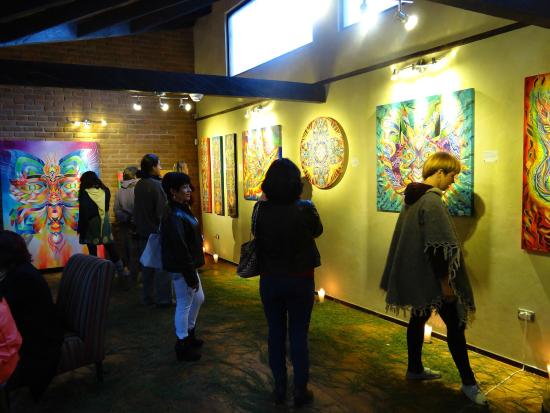
Es en este marco cultural que las artes se van definiendo como entes vivos; son híbridos entre el legado maya que les enriquece -sin olvidar el tormento de la conquista-, y a su vez una proximidad a componentes sociales y políticos contemporáneos, tales como el movimiento Zapatista. Lo que resulta de este sincretismo es un arte cargado de identidad y sentido, cuya voz lo mismo define e incomoda a la sociedad.
En medio de condiciones tan idóneas para la creación artística, hacía falta un lugar que sirviera como un aleph de ideas, sueños y discursos. Un lugar donde cupiera toda la inmensa colección de íconos prehispánicos, de técnicas modernas, de materias primas endémicas.
Arteria surge en 2014 como esa propuesta. El objetivo fue desde sus inicios, conjuntar la actividad tradicional de galería de arte con un espacio dedicado a la realización de proyectos enfocados a la problematización del contexto local, nacional e internacional a través del arte.

Con esta idea de por medio, Arteria trabaja con artistas emergentes, artistas urbanos y de comunidades originarias de Chiapas, proporcionándoles además de la galería, un taller equipado para el trabajo en distintas disciplinas. Como parte del programa de residencia artísticas, el equipo de Arteria selecciona 6 artistas anualmente, los cuales trabajan en el taller, en donde intercambian ideas y redefinen su visión artística, para finalizar en una exposición realizada en alguno de los espacios artísticos gestionados por Arteria.
A lo largo de 5 años, más de 250 artistas han formado parte del proyecto que lleva a cabo Arteria, con propuestas sólidas, tanto en su originalidad como en su desarrollo creativo.
----------------------------------------------------------------
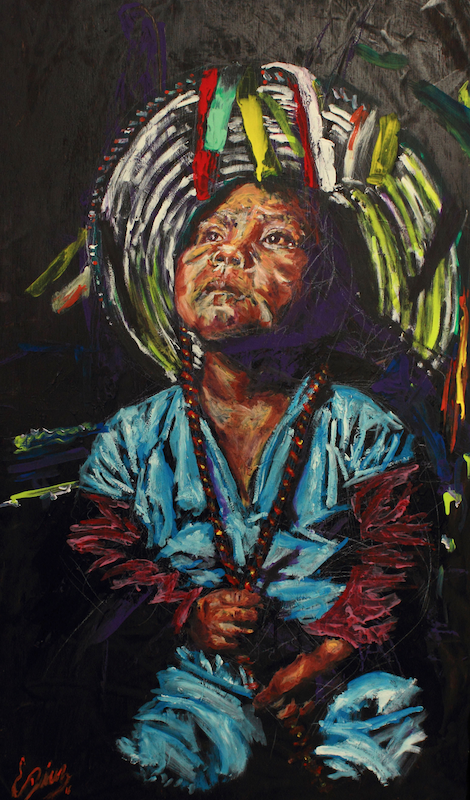
San Cristóbal de Las Casas is a city that is created in the subconscious. Those who come to it, do not do it by chance; some recommendation will have ensued, a sharp statement: "You'll love it," being the most modest of them. Kept by leafy and imposing mountains, the visitors see themselves reflected in their expectations, which are generally met. The smell of coffee, rain, and its location more than 2,000 meters above sea level confuse anyone, this city evokes what has only been visited in dreams.
It is in this cultural framework that the arts are defined as living entities; they are hybrids among the Mayan legacy that enriches them - without forgetting the torment of the conquest - and in turn a proximity to contemporary social and political components, such as the Zapatista movement. What results from this syncretism is an art full of identity and meaning, whose voice defines and discomforts the same society.
In the midst of such suitable conditions for artistic creation, a place that served as an aleph of ideas, dreams and speeches was missing: a place where all the immense collection of pre-Hispanic icons, modern techniques, and endemic raw materials could be accomodated.
‘Arteria’ emerges in 2014 as that proposal. The objective was from the moment of its inception, to combine the traditional activity of art gallery with a space dedicated to the realization of projects focused on the problematization of the local, national and international context through art.

With this idea, Arteria works with emerging artists, urban artists and communities from Chiapas, providing them, in addition to the gallery, with a workshop equipped for work in distinct disciplines. As part of the artistic residency program, the Arteria team selects 6 artists annually, who work in the workshop, where they exchange ideas and redefine their artistic vision, to conclude in an exhibition held in one of the artistic spaces managed by Arteria. Over 5 years, more than 250 artists have been part of the project carried out by Arteria, with solid proposals, both in originality and creative development.
----------------------------------------------------------------
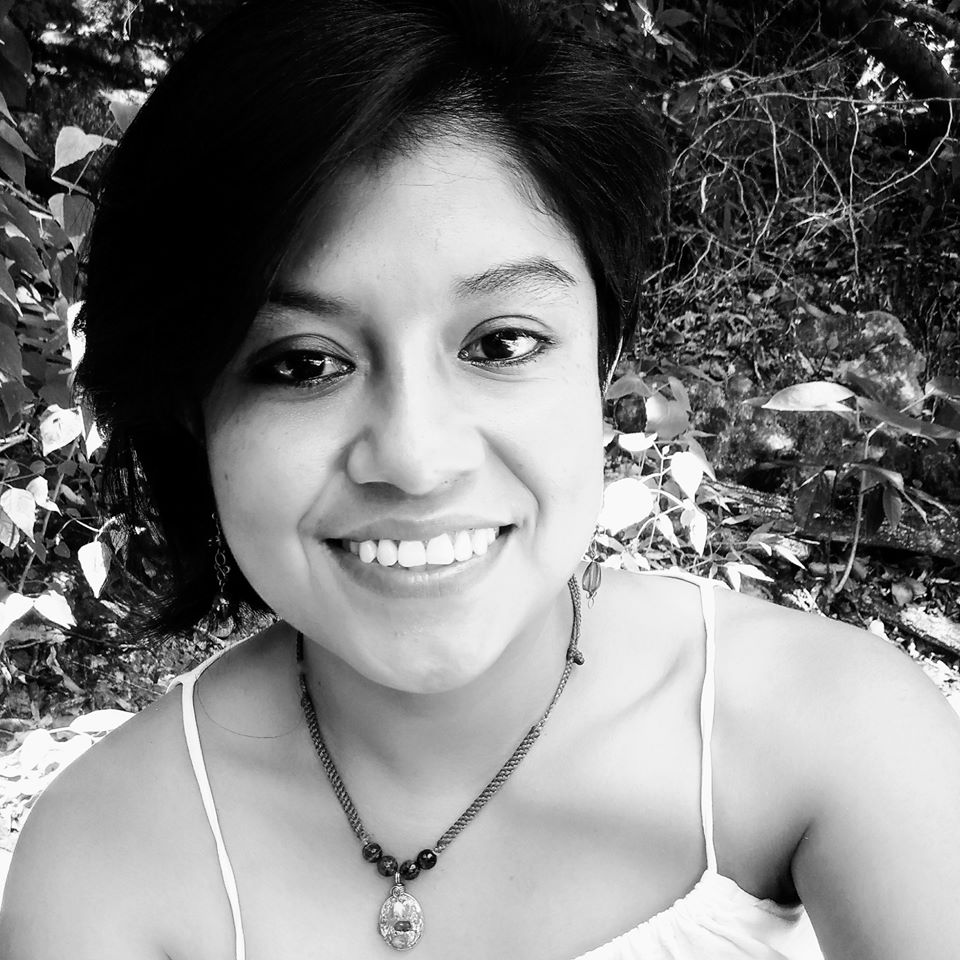
Arte y encuentro
Angélica López (1994) es una artista originaria de Comitán de Domínguez, ciudad ubicada en el sur del estado de Chiapas. Fue una de las artistas seleccionadas dentro del programa de residencias en 2019, que culminó con su exposición “De la naturaleza al paisaje femenino” en la que López generó un discurso en torno a la feminidad y a la construcción social contemporánea de esta. Sobre su proceso creativo en esta residencia, Angélica menciona:
"Colaborar con Arteria Galería ha significado un proceso importante en mi desempeño profesional como artista mujer en el estado de Chiapas. Me permitió involucrarme en
el mercado del arte al poder exhibir y vender obras, posibilidad a la que muchas veces es difícil de acceder. Además de permitirme mostrar una propuesta plástica que gira en torno a lo femenino.
Considero importante la oportunidad que Arteria otorga a jóvenes locales para exhibir el trabajo que se realiza en la región y que hablan de un contexto en específico.
De tal forma Arteria Galería contribuye a generar una identidad sobre la región, al mostrar las diversas manifestaciones plásticas y visuales creadas por las nuevas generaciones."
----------------------------------------------------------------

Art and Meeting - Young Residency Artists
Angélica López (1994) is an artist originally from Comitán de Domínguez, a city located in the south of the state of Chiapas. She was one of the artists selected within the residency program in 2019. She culminated the residency with her exhibition “From nature to the feminine landscape” in which López generated a discourse about femininity and its contemporary social construction.
On her creative process in this residence, Angelica mentions:
'Collaborating with Arteria Gallery has been an important process in my professional performance as a female artist in the state of Chiapas. It allowed me to get involved in the art market to be able to display and sell works, a possibility that is often difficult to access. In addition, it has allowed me to show a project using plastic media that revolves around the feminine.

I consider important the opportunity that Arteria grants to local youth to exhibit the work that is carried out in the region and that speak of its specific context.
In this way Arteria Gallery contributes to generating an identity about the region, by showing the various visual and plastic manifestations created by the new generations.'
----------------------------------------------------------------
Al igual que Angélica, otro de los artistas que formaron parte del colectivo artístico de Arteria fue Mr. Cien, artista originario de San Cristóbal de Las Casas que se ha caracterizado por su trabajo como muralista y artista plástico.
"El trabajar con Arteria, es grande, ya que el lugar y las personas que conforman a esta galería alimentan al creador y observador, desde el otorgar espacios para exponer a nuevos artistas chiapanecos o al arte joven, hasta la convivencia dada dentro y fuera de esta.
Ha sido satisfactorio poder colaborar y exponer en ciertas ocasiones, y seguir dentro de la comunidad creativa que conforma Arteria Galería."
----------------------------------------------------------------

Like Angelica, another artist who was part of the Arteria art collection was Mr. Cien, an artist originally from San Cristobal de Las Casas who has been characterized by his work as a muralist and a plastic artist. He comments:
'Working with Arteria is grand, considering that the place and the people that make up this gallery feed the creator and observer, from granting spaces to expose new Chiapas artists or young art, to the coexistence given inside and outside of this space.
It has been satisfying to be able to collaborate and exhibit on certain occasions, and to continue within the creative community that makes up Arteria Gallery.'
----------------------------------------------------------------
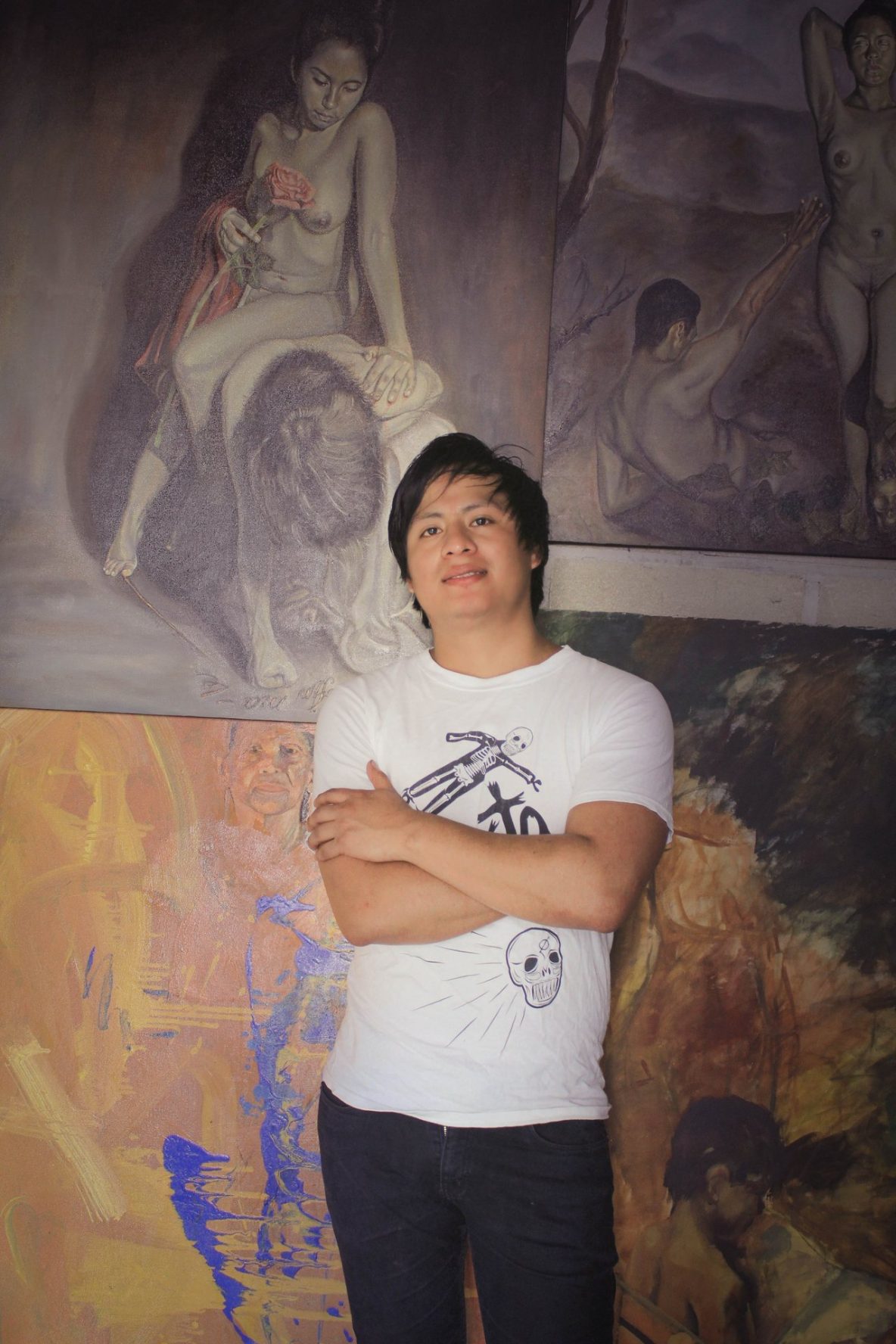
Heber González Rodríguez nació en 1991 en Tapalapa, Chiapas, artista hablante de la lengua zoque, produjo en 2018 cerca de 30 obras durante su residencia con Arteria Taller.
"Es muy importante que haya un espacio para jóvenes emergentes, como este taller, que nos permita acercarnos a la gente que busca nuevas propuestas artísticas.
A mí el arte me ha permitido transmitir mi lengua materna, la indumentaria de mi pueblo, mostrar el cuerpo de la mujer empoderada y compartir mis raíces. Y por eso creo que debe haber más espacios para los artistas jóvenes."
De las decenas de artistas participantes del taller, varios han emigrado a otros lugares de México e incluso internacionalmente, explorando nuevos panoramas en su labor artística, y dejando una huella por su paso en el ambiente cultural de Chiapas.
----------------------------------------------------------------
Heber González Rodríguez was born in 1991 in Tapalapa, Chiapas, as an artist fluent in the Zoque language, he produced about 30 works during his residency with Arteria Workshop in 2018. He states:
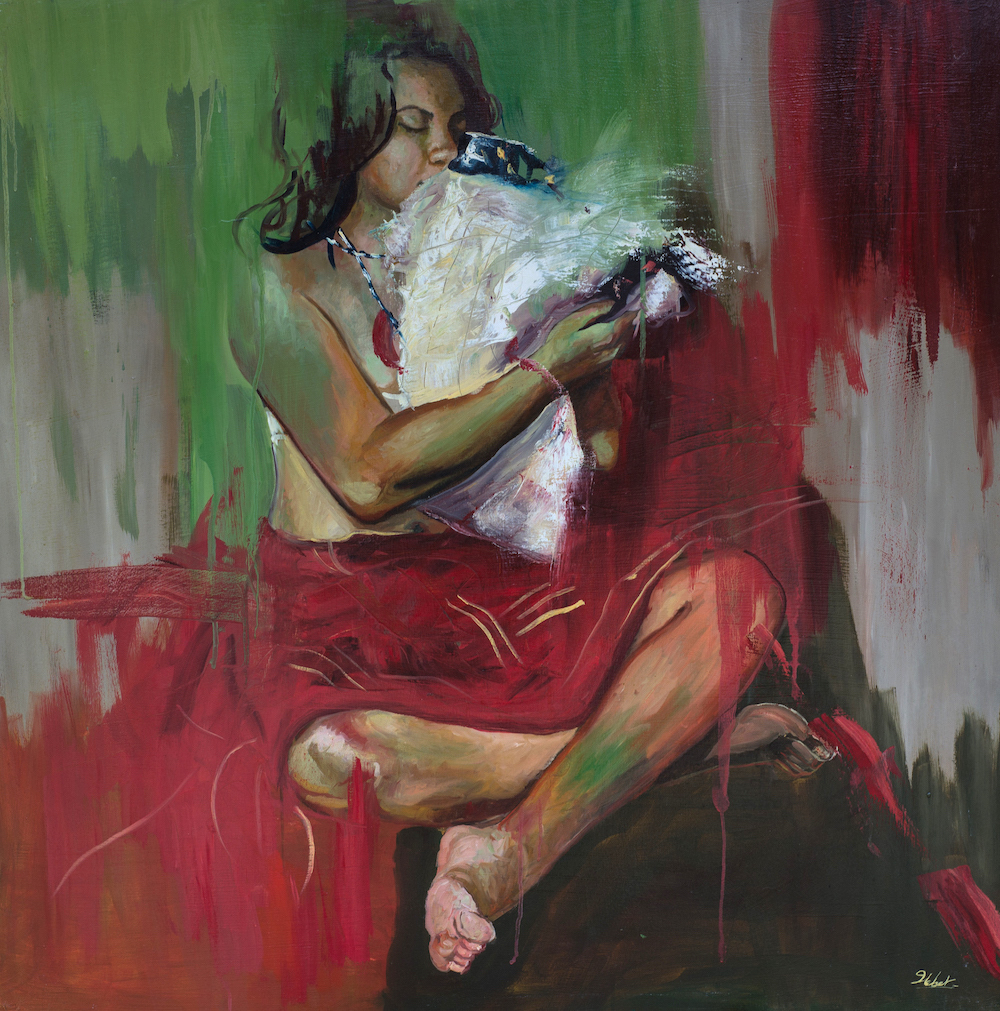
'It is very important that there is a space for emerging youth, such as this workshop, that allows us to approach people who are looking for new artistic proposals.
Art has allowed me to transmit my mother tongue and the clothing of my people, to display the body of the empowered woman and share my roots. This is why I think there should be more spaces for young artists.'
Of the dozens of artist participants from the workshop, several have emigrated to other places in Mexico and even internationally, exploring new panoramas in their artistic work, and leaving a mark on their passage in the cultural environment of Chiapas.
----------------------------------------------------------------
Compartir el arte
Arteria trabaja activamente con otros dos proyectos, ambos coordinados por jóvenes artistas que buscan replicar el modelo de célula que ha popularizado Arteria en la ciudad.
Trip Ass es dirigida por Carlos Cea, Teraz Patuano y Erick Rizo, tres artistas chiapanecos con un estilo hermanado con el street art, quienes han colaborado en más de 100 intervenciones murales en toda la ciudad, y cuya producción de ilustraciones, pinturas y otros medios es igual de numerosa.

Tras formar parte del proyecto de residencias de Arteria Galería, emprendieron su propia galería. En este lugar se exhiben piezas en pequeño y gran formato, de gran atractivo por su estilo único y contemporáneo.
Por otra parte, Pukuj Nucú sirve como epicentro para la producción gráfica en la ciudad y sus alrededores. La coordinadora, Montserrat Blanco, es una artista multidisciplinaria nacida en Veracruz pero que trabaja en San Cristóbal de Las Casas. Blanco ha reunido el trabajo de diferentes artistas emergentes y consolidados, cuyas técnicas, temas y medios son plurales al tiempo que generan un panorama estilístico de la gráfica contemporánea chiapaneca.
----------------------------------------------------------------
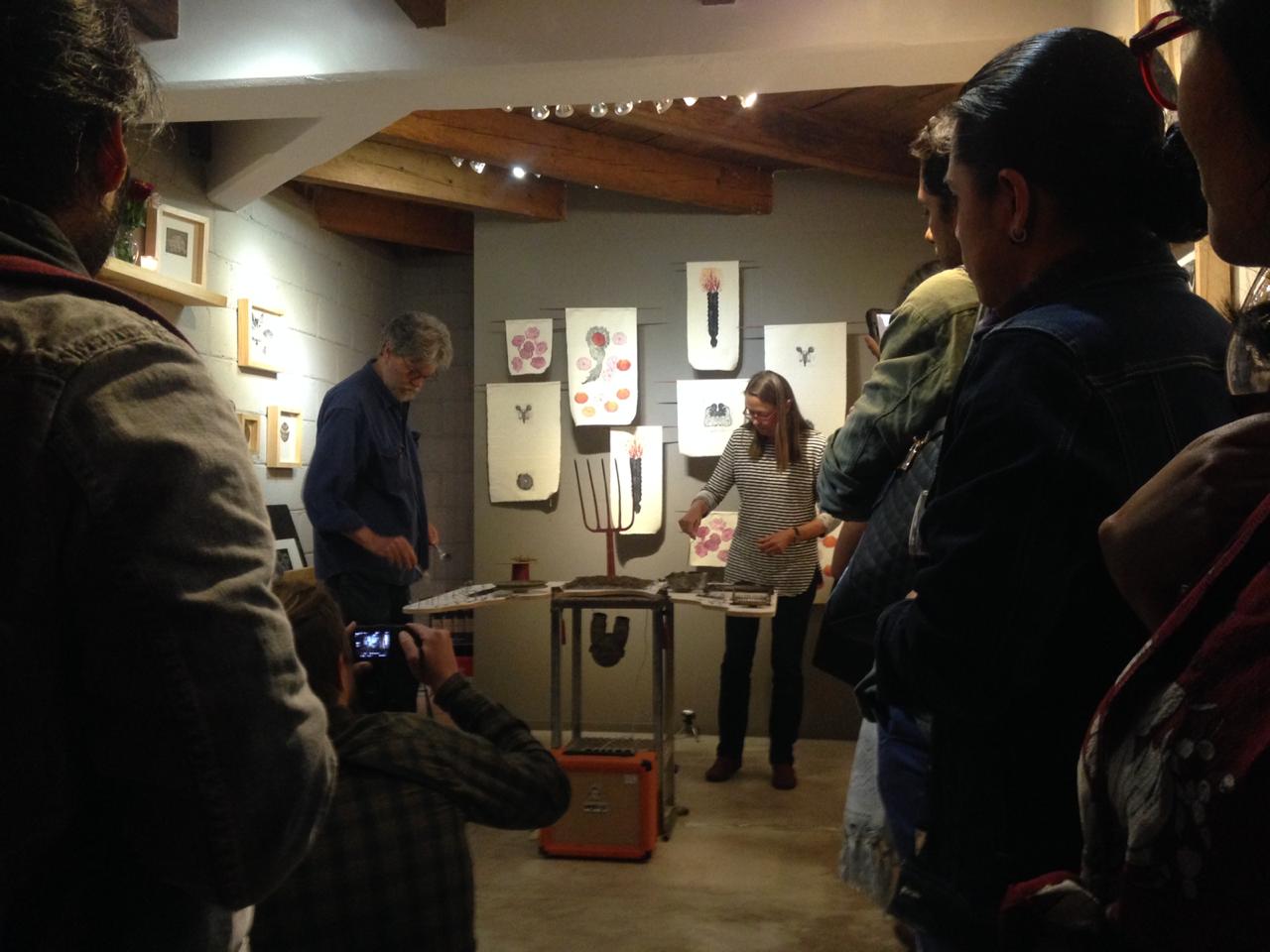
Sharing Art
Arteria actively works with two other projects, both coordinated by young artists who seek to replicate the cell model that has popularized Arteria in the city.
Trip-Ass is directed by Carlos Cea, Teraz Patuano and Erick Rizo, three Chiapas artists with a style twinned with street art, who have collaborated on more than 100 mural interventions throughout the city, and whose production of illustrations, paintings and other media is equally as numerous. After being part of the Arteria Gallery residency project, they undertook their own gallery. In this place pieces are displayed in small and large format, very attractive for its unique and contemporary style.
Pukuj Nucú serves as an epicenter for graphic production in the city and its surroundings. The coordinator, Montserrat Blanco, is a multidisciplinary artist born in Veracruz but working in San Cristóbal de Las Casas. Blanco has brought together the work of different emerging and consolidated artists, whose techniques, themes and media are plural, while generating a stylistic panorama of contemporary Chiapas graphics.
----------------------------------------------------------------
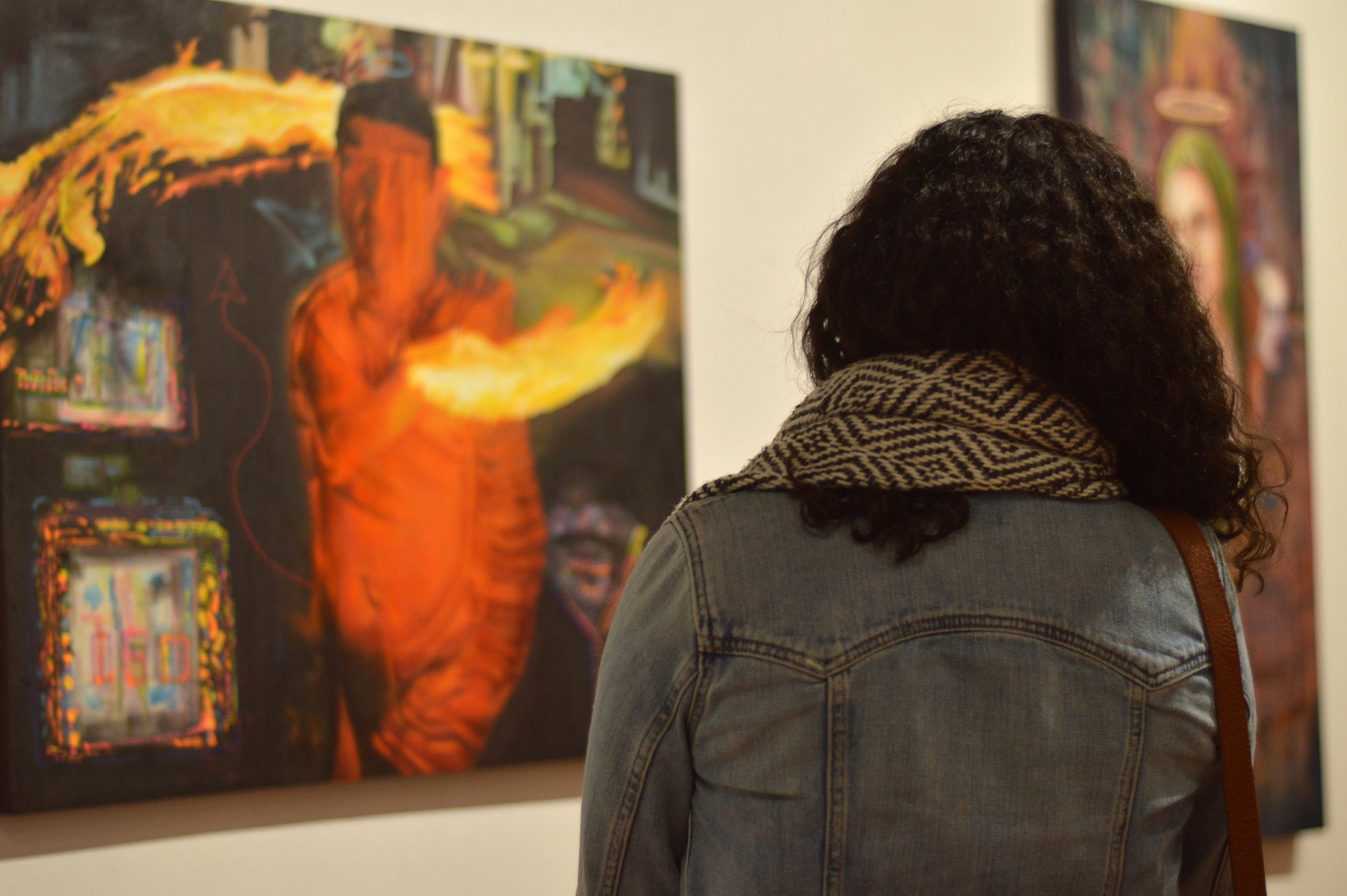
Cultura y comunidad
San Cristóbal es un sitio lleno de magia y de arte. Es importante que existan espacios que apoyen propuestas de artistas cuya obra refleje las relaciones entre el arte y el contexto en que se produce encontrando así un impacto directo en la comunidad -relacionada y no con las artes- de la región, para así generar nuevas interpretaciones del capital cultural y que de igual forma se traduzcan en acervo cultural a una escala mayor.
-----------------------------------------------------
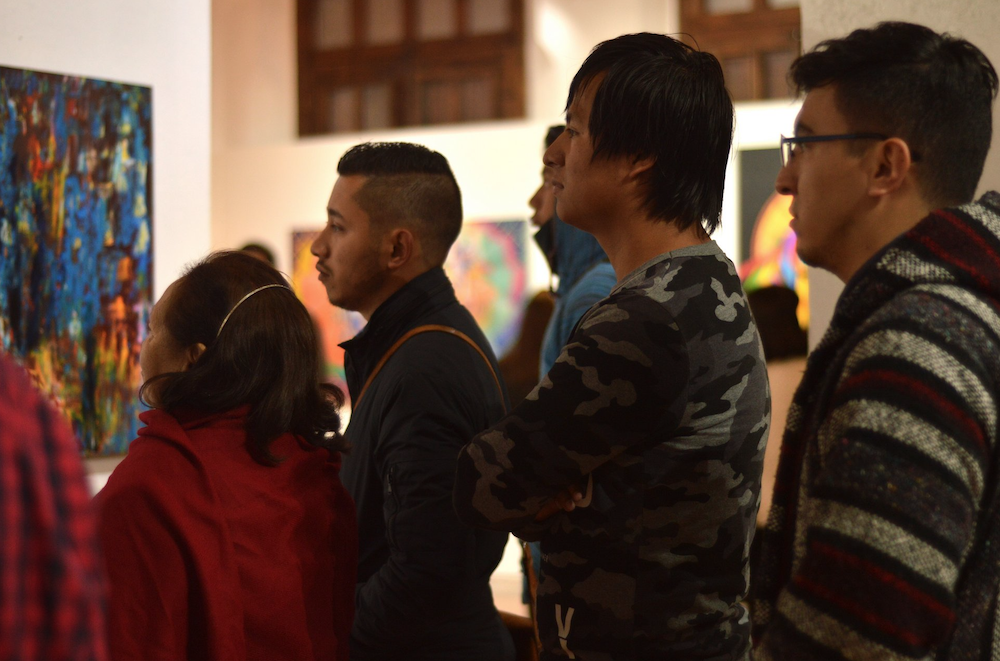
Culture and Community
San Cristóbal is a place full of magic and art. It is important that spaces exist where the proposals of artists are supported whose works reflect the relationship between art and the context in which it is produced, thus finding a direct impact on the community, related and not, to the arts of the region, in order to generate new interpretations of cultural capital and in the same way to translate it into cultural heritage on a larger scale.
-----------------------------------------------------------------------------------
Adrián Ibelles es un escritor y entusiasta del arte nacido en la Ciudad de Mexico en 1991. Estudió la licenciatura en Ciencias de la Comunicación en la Universidad Autónoma de San Luis Potosí. Ha publicado relatos para revistas como Buriñón (Venezuela), Himen (MX), Penumbria (MX) y Bon Voyage (MX). En 2018 publicó el libro “El último truco” (Editorial UASLP). Ha sido autor de textos curatoriales para diversas exposiciones en San Cristóbal de Las Casas, donde ahora reside. También escribe cuentos y poesía para niños.
----------------------------------------------------------------
Adrián Ibelles is a writer and art enthusiast born in Mexico City in 1991. He received a degree in Communication Sciences at the Autonomous University of San Luis Potosí and has published stories for magazines such as Buriñón (Venezuela), Himen (MX), Penumbria (MX) and Bon Voyage (MX). In 2018 he published the book “The Last Trick” (Editorial UASLP) and currently authors curatorial texts for various exhibitions in San Cristóbal de Las Casas, where he now resides. Adrián also writes stories and poetry for children.
-----------------------------------------------------------------------------------
Contacto/Contact
Instagram: @arteriachiapas | @tripass_galeria | @pukujnucugaleria | @Adrian_Ibelles

